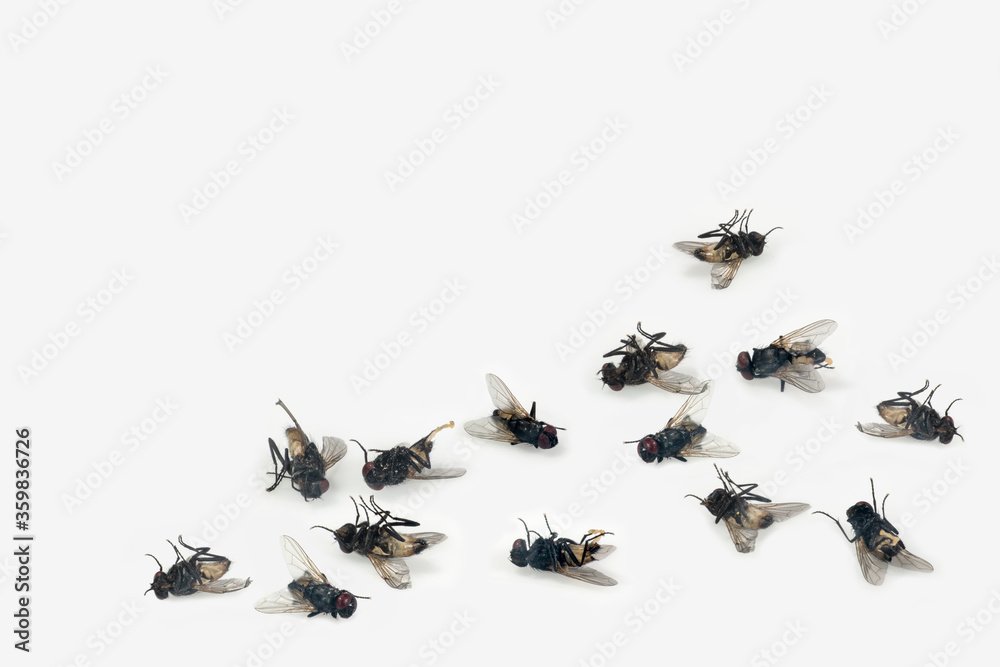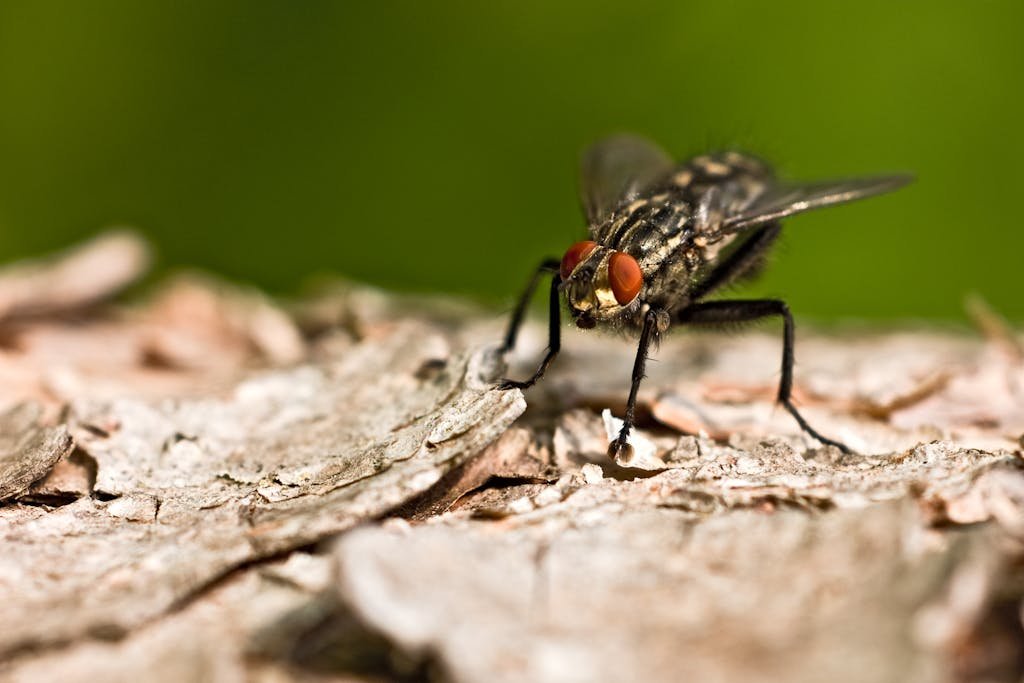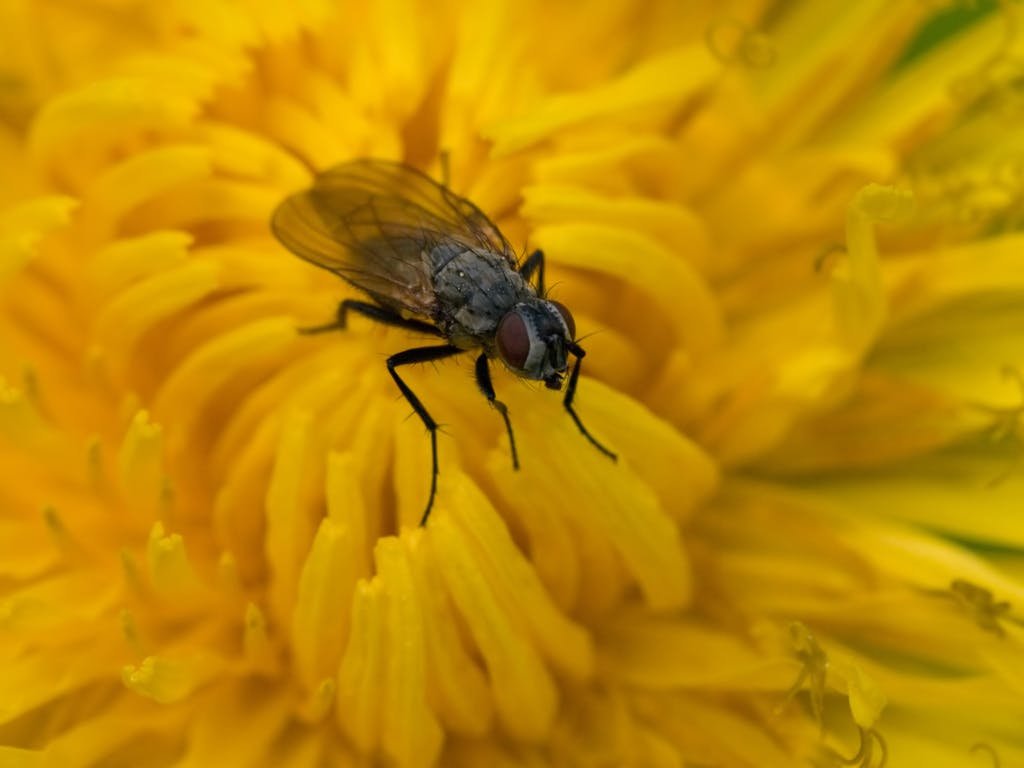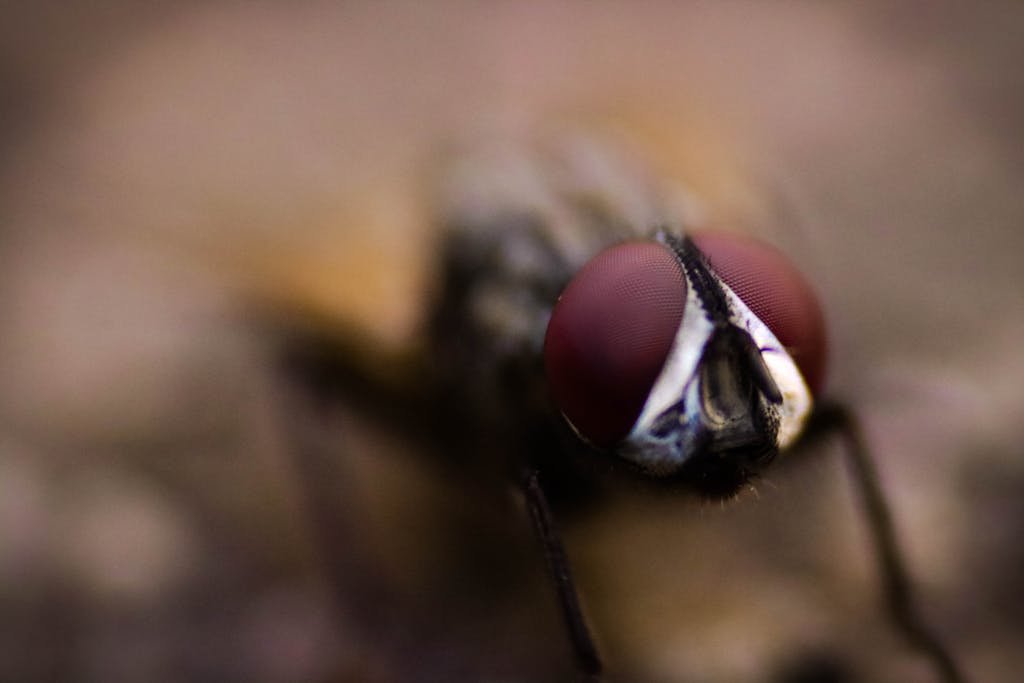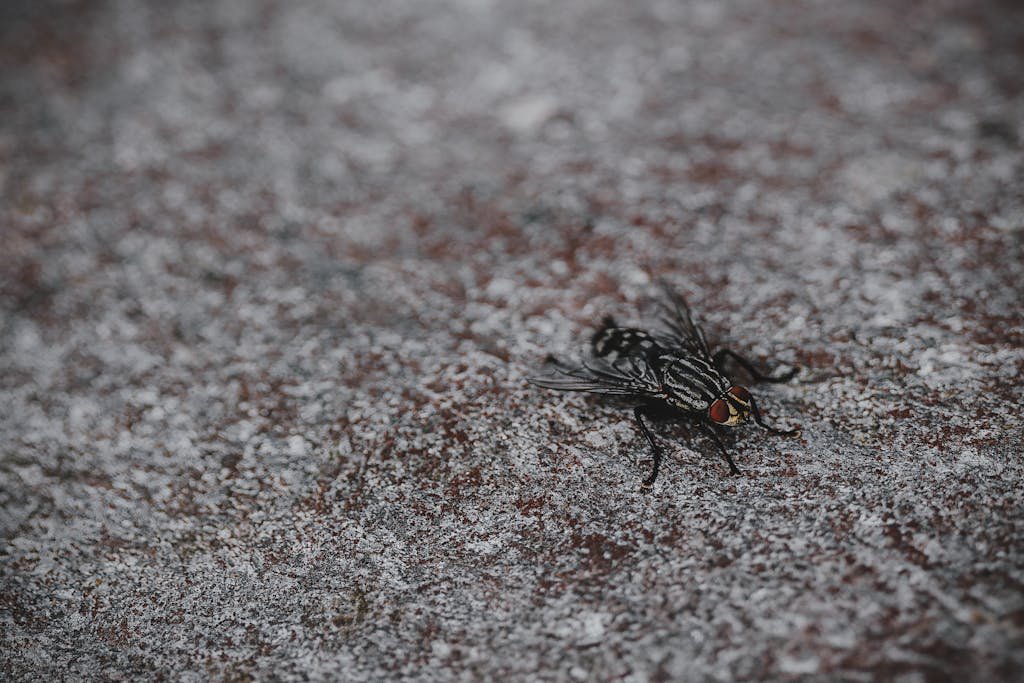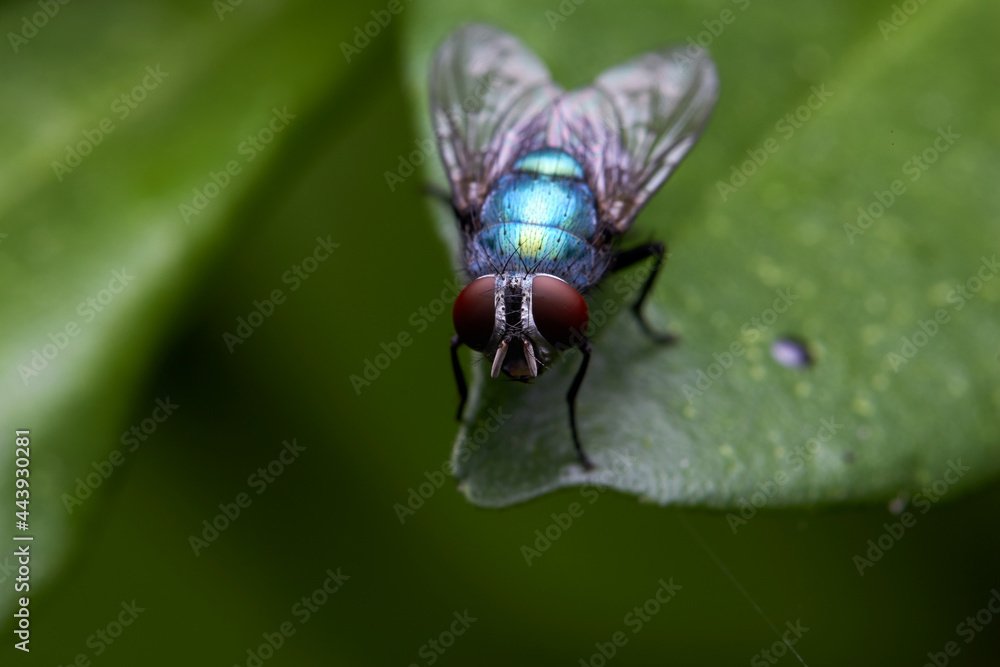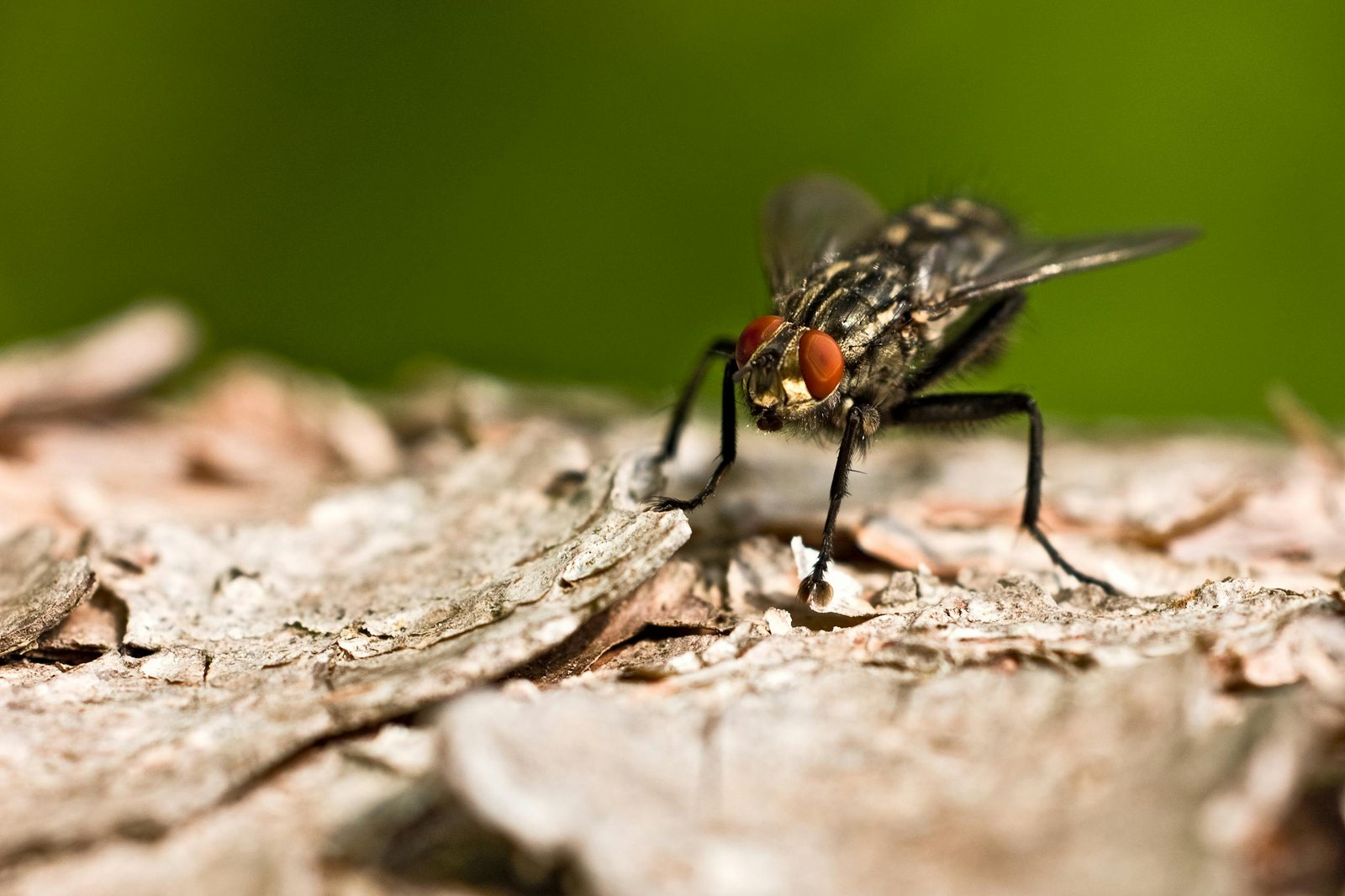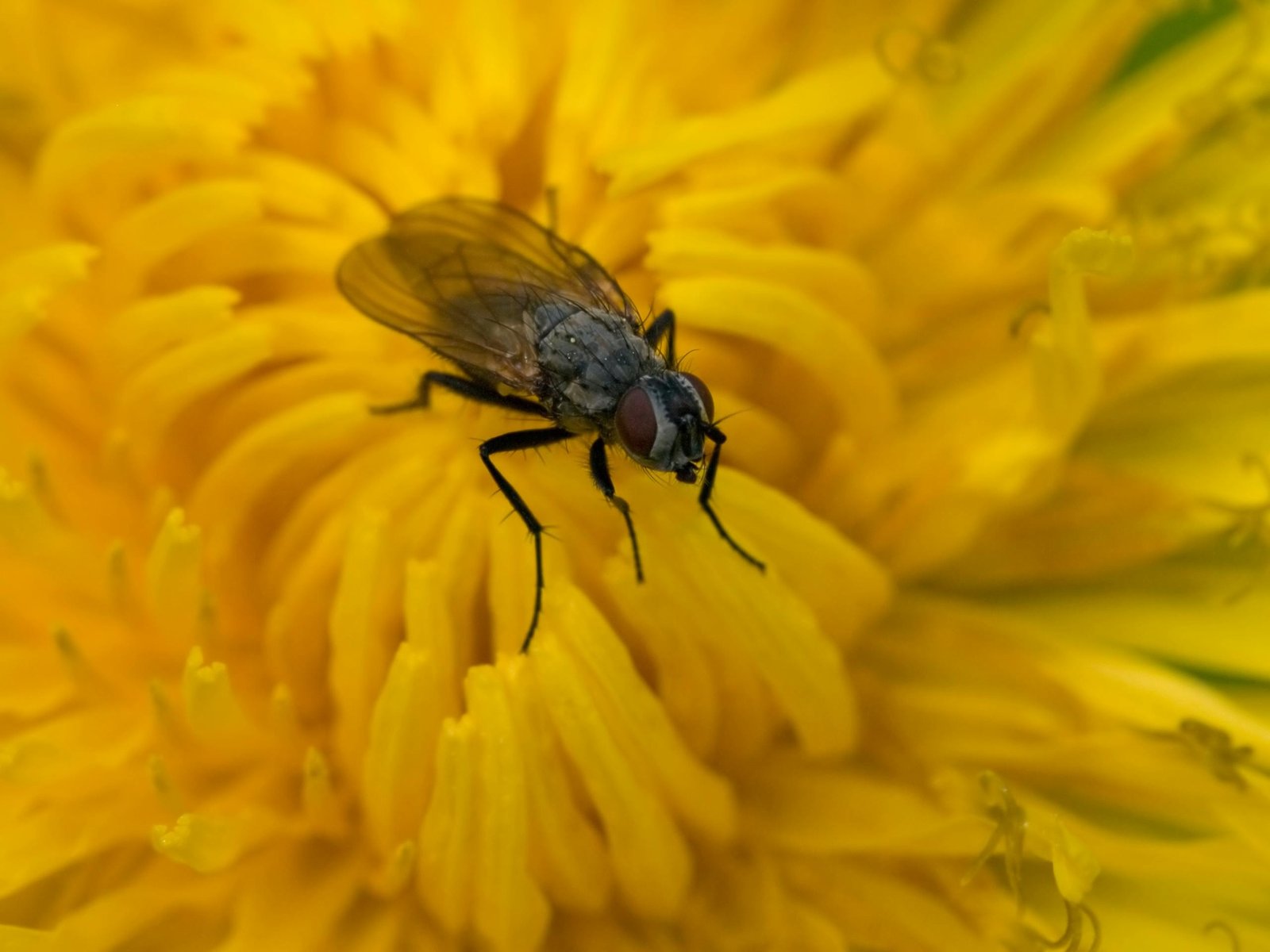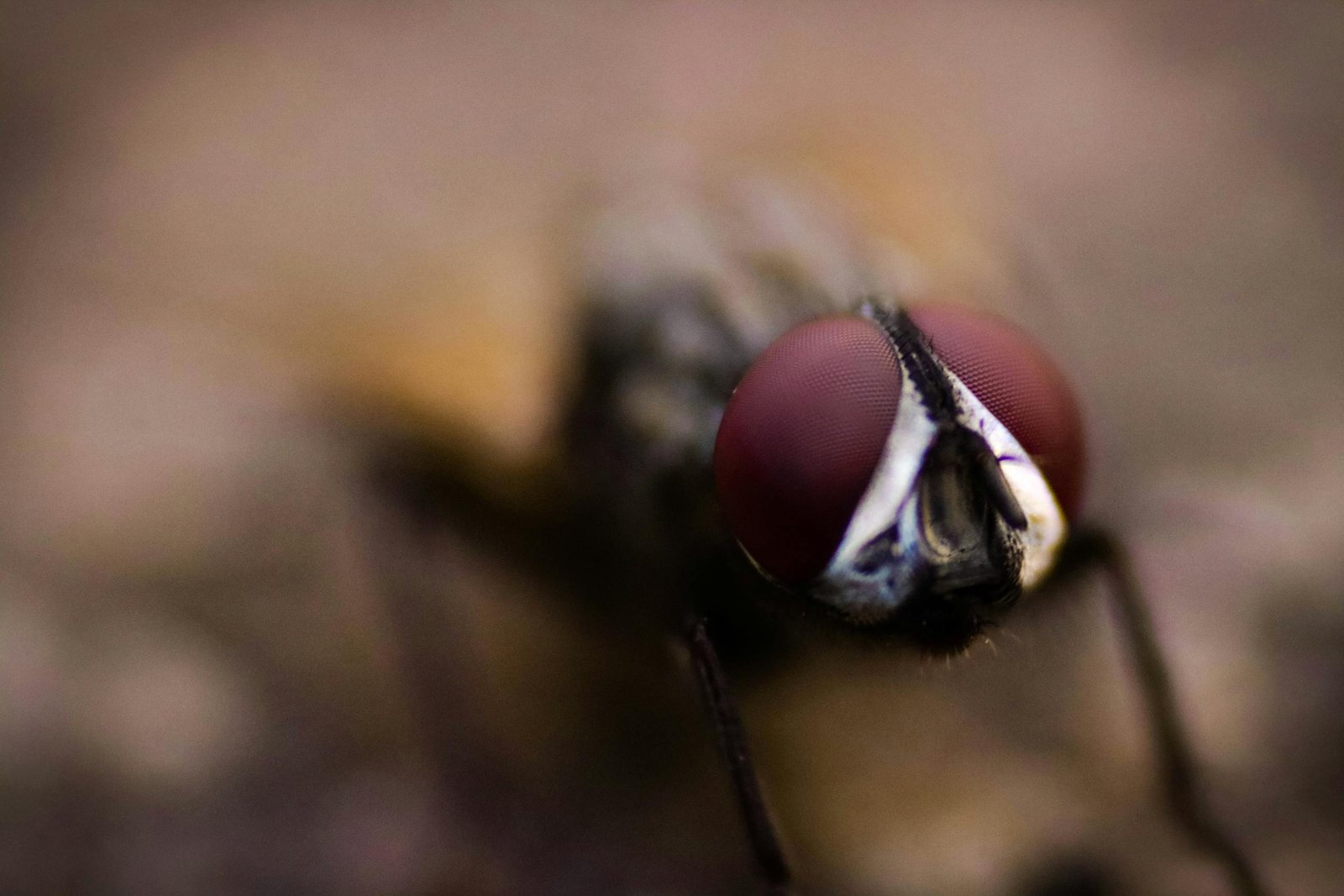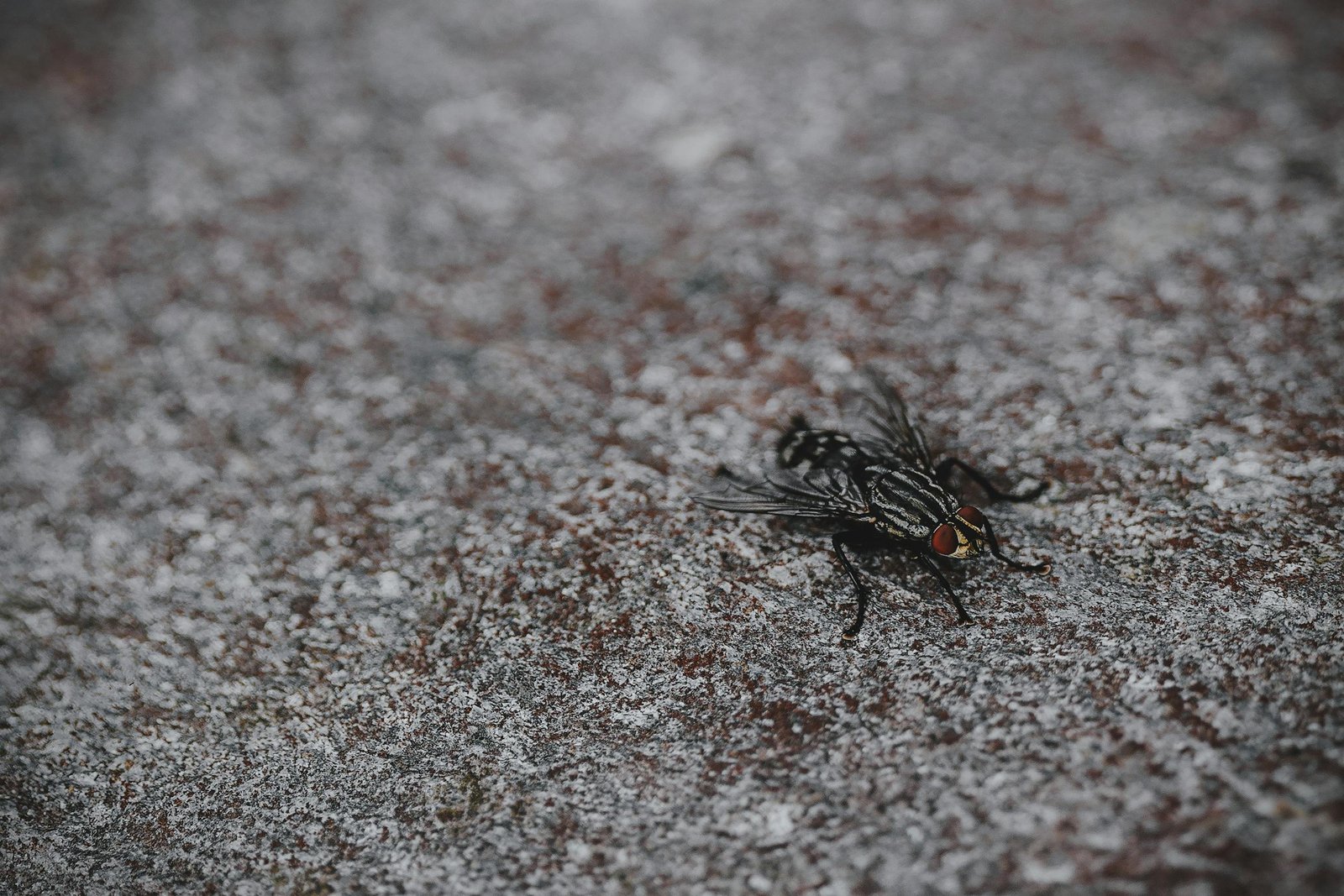Flies
Flies are common pests found around homes, businesses, and outdoor areas. They are attracted to food, waste, and organic matter, making them a nuisance in kitchens, restaurants, and garbage areas. Flies can spread diseases and contaminate food, leading to health and hygiene concerns.
Appearance
Flies have a pair of wings, compound eyes, and short antennae. Common species include house flies, fruit flies, and drain flies, which vary in size from a few millimeters to over a centimeter, depending on the species.
Life Stages
Flies go through four stages: egg, larva (maggot), pupa, and adult. Females lay eggs in decaying organic matter, which hatch into larvae. After a pupal stage, adult flies emerge to breed, completing their life cycle in as little as 7 to 10 days.
Seasonal Activity
Flies are most active in warm weather, particularly in spring and summer. Indoors, they can be a year-round issue if food and waste are not properly managed.
Dangers and Risks
Health Risks: Flies are vectors for various diseases, including salmonella, E. coli, and cholera. They can contaminate food and surfaces by carrying bacteria from garbage, feces, and decaying matter, leading to potential foodborne illnesses.
Property Damage: While flies don’t cause direct structural damage, their presence in food preparation areas can lead to contamination and spoilage, impacting businesses and households alike. In restaurants, fly infestations can lead to health code violations.
Prevention and Control Tips
This section should include signs to watch for, simple DIY methods, and preventive measures to protect homes or properties from pests.
Prevention Methods
Keep garbage bins sealed and dispose of waste regularly. Clean up spills and food crumbs, and store food in airtight containers. Use screens on windows and doors to prevent flies from entering.
Signs of Infestation
Frequent sightings of adult flies, especially around windows, food, or waste bins. Presence of maggots in trash or decaying matter is a clear sign of an infestation.
DIY Measures
Use fly traps, sticky strips, and DIY vinegar-based solutions to catch flies. Regularly clean drains and garbage areas with bleach to remove breeding sites.
When to Contact a Professional
Call a professional if the infestation persists despite preventive measures, or if flies are a recurring issue in kitchens or food service areas.
Trap Kill’s Approach to Control
Customized Treatment Plans:
Trap Kill employs a comprehensive fly control strategy, including residual sprays, baiting, and UV light traps for high-risk areas. We focus on eliminating breeding grounds and controlling adult populations.
Certified, Eco-Friendly Solutions:
We use safe, effective insecticides that target flies while minimizing impact on the environment. Our follow-up inspections ensure that fly populations remain under control.
